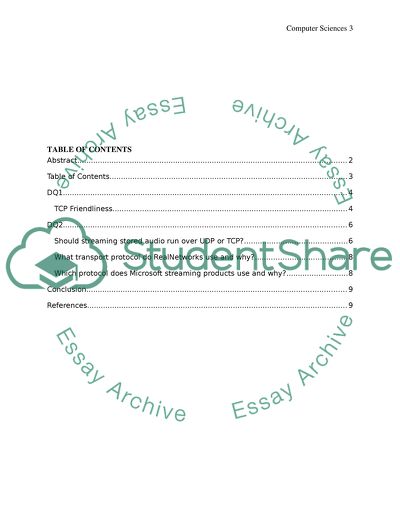Cite this document
(“Computer Sciences and Information Technology Essay - 3”, n.d.)
Retrieved de https://studentshare.org/information-technology/1445321-computer-sciences-and-information-technology
Retrieved de https://studentshare.org/information-technology/1445321-computer-sciences-and-information-technology
(Computer Sciences and Information Technology Essay - 3)
https://studentshare.org/information-technology/1445321-computer-sciences-and-information-technology.
https://studentshare.org/information-technology/1445321-computer-sciences-and-information-technology.
“Computer Sciences and Information Technology Essay - 3”, n.d. https://studentshare.org/information-technology/1445321-computer-sciences-and-information-technology.


